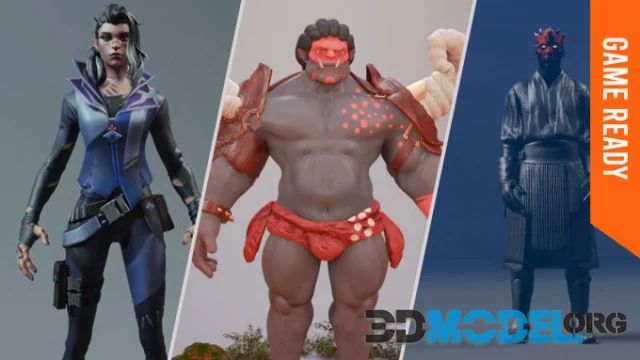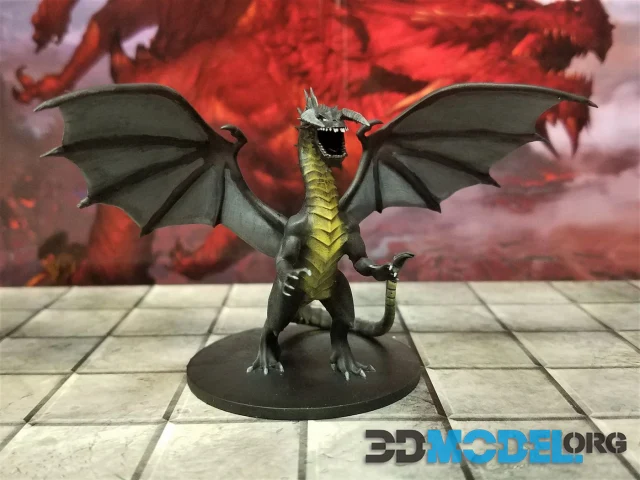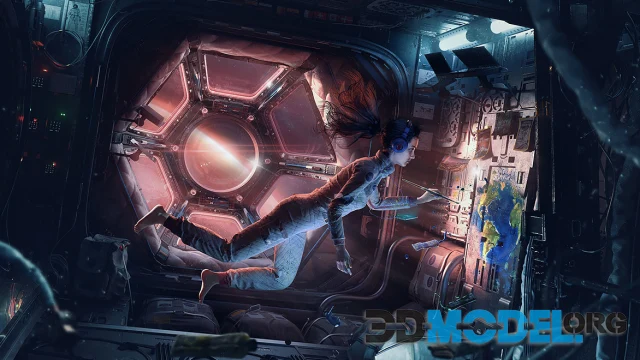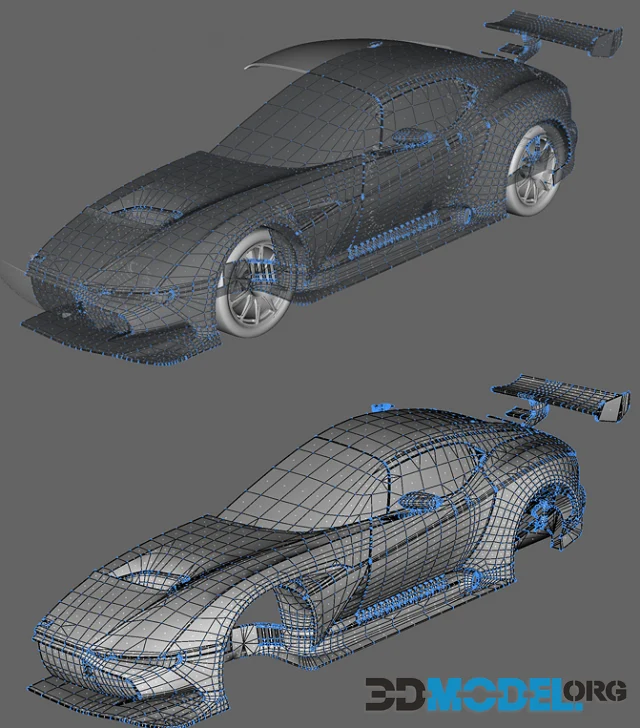How to make blood in games
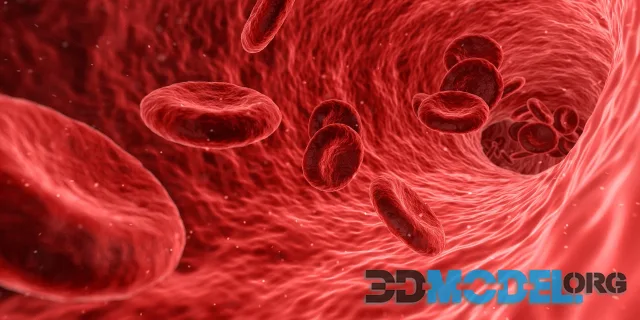
Blood is a scary thing. At least when it happens in real life.
Graphic and fictional violence does not feel scary, and that is a good thing.
In any case, when designing a game or drawing, the author is faced with the need to depict blood from time to time. For example, a character has been in a fight and has been injured, or has been injured for some other reason.
To understand how to draw abrasions, splashes, and streams of blood, you need to remember a few tips and rules that we have collected for you in this material.
Before you read the article to the end, we want to remind you that we have a great section with 3D models of people and characters - you will surely pick up something useful for your visualizations or game projects.
What types of blood exist and how to draw them:
Spatter
Splashes from the wound occur at the moment of a sharp, powerful blow with a stabbing or cutting weapon, as well as when the blow hits an artery.
The deeper the wound, the more splashes should appear in the image.
If we talk about the representation of blood splashes in games, then you can make the decals of blood whip from the character. You don't need to detail the wound itself. Well, not unless it's an important plot point that the character needs to pay attention to.
Splatters can be regular or irregular in shape. In flight, they are usually limited to smooth lines, and when they fall on a surface, they form odd splotches.
In the case of gunshot wounds, the splatters are dispersed both at the point of entry of the bullet and at the point of exit from the body. This has to be taken into account. And in the place of exit of the bullet it will be much less.
Drips
Drips occur in places of cuts or when wounds are inflicted on an area of the body where arteries do not run.
In such cases, the blood does not spurt, but drips.
Slowly and steadily.
If the wound is shallow, a small stream appears on the body. If the wound is deep, however, the blood does not flow out at once: first it appears slightly at the place of the cut and accumulates inside, and then it flows out in a strong stream. If the cut is long enough, this flow gradually splits into several streams.
This type of bleeding is usually easier to draw and animate. In most cases, you can get away with this and only this, ignoring splashes.
Abrasions, scars, and wounds
Abrasions and wounds are even easier to draw than bruises. They have a bloody color on the skin, but they only release fluid in small drops, not over the entire surface of the injury. Abrasions and wounds require frequent use.
Of course, as long as it is justified.
A good idea would be to combine it with mud. Since abrasions tend to occur after falls rather than weapon wounds, it is unlikely that the injured person will stay clean.
Dried blood (decals)
An interesting type of blood.
Interesting in the sense that it is interesting to create. It requires the most creative approach. It can be made in real life and then photographed and used as a decal.
To make "real" blood, you will need sugar, red gouache in several shades, instant coffee and, of course, water. All of this is mixed to the desired consistency. You will also need good lighting and a white background.
The result is taken and edited in graphic editors, after which it is placed in the right places on the locations.
Okay, and what about color?
Color is easy. Dark blood should be made when a vein is damaged. Most of the time it will be this color because a person's veins run all over the body.
Light blood - dangerous blood. Bright scarlet blood should only be collected if the wound was arterial (and possibly fatal).
Dried blood, on the other hand, is a dark color. Very similar to mud.
By the way, you can also download blood stickers from our site. And not only blood! We have a huge collection of content for you: 2D assets for Unity, 3D models, PBR textures (link), materials for Unreal Engine and much more. All this is available for free and even without registration.
Ctrl
Enter
Noticed a misTake
Highlight text and press Ctrl+EnterRelated news:
Comments (0)

